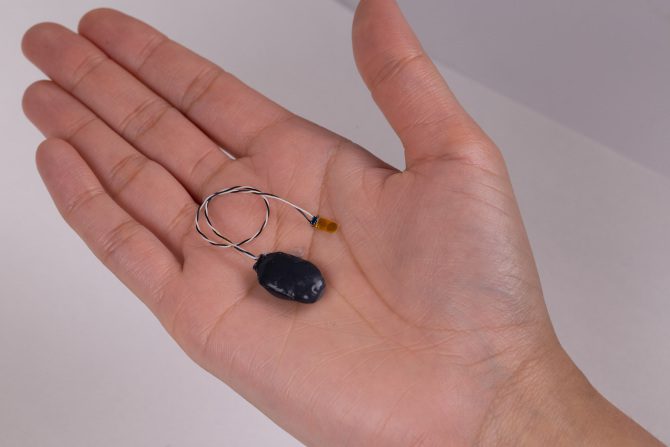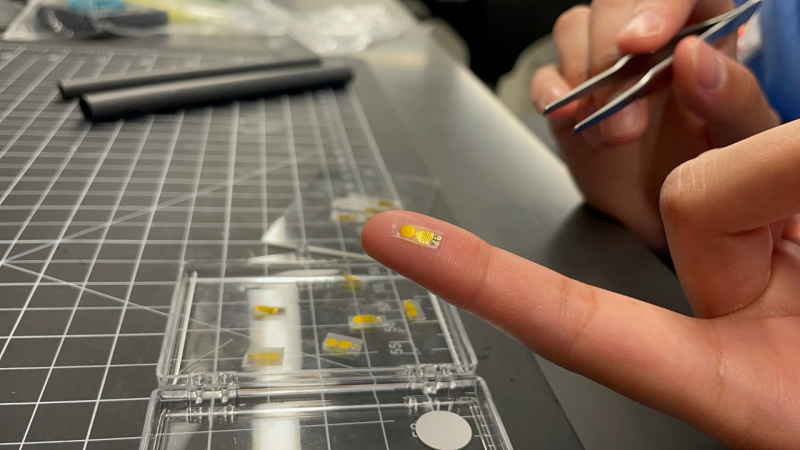A multidisciplinary team made up of materials scientists, bioelectronics experts and medical researchers has developed the world's first device that can monitor transplanted organs for signs of impending rejection.
This device, smaller and thinner than a pinky nail, can transmit physiological changes to the patient's medical team. In tests on rodents it has shown extraordinary results: it could also have a significant impact on human health, improving post-transplant management and potentially saving lives.

A step forward in transplant medicine
The period following a transplant organ failure is among the most stressful for a patient. With a probability of experiencing rejection that reaches up to 40%, patients are subjected to constant monitoring. What if there was a way to make this monitoring less invasive and more efficient?
Northwestern University e University of Chicago have joined forces to answer this question, and created a device that, once implanted inside the recipient organ, collects data on its temperature and thermal conductivity. This data is critical to understanding the health of the transplanted tissue. But the real magic lies in the way this data is communicated: through a small electronic "package", connected to the device via a short cable, it allows the data to be transmitted in real time to the medical team. And when I say small, I mean really small: just 0,3 centimeters wide, 0,7 centimeters long, and 220 microns thick.
In the tests, as mentioned, the results were surprising: the device detected worrying changes in temperature and conductivity well three weeks earlier than conventional monitoring methods.
The rejection of the rejection
john rogers, researcher in bioelectronics at Northwestern University and leader of the research published in Science (I link it to you here), emphasized the importance of detecting rejection as early as possible. “If rejection is detected early, doctors can intervene early, improving the patient's health and preventing the loss of the donated organ,” she said. And he's right. In an industry where every second counts, having a three-week head start can mean the difference between life and death.
This device could represent a breakthrough in transplant medicine. It could reduce the need for invasive procedures such as biopsies and provide patients with greater peace of mind. Like any new technology, it will take time to perfect and make it available on a large scale, but the efforts could be well worth it.


